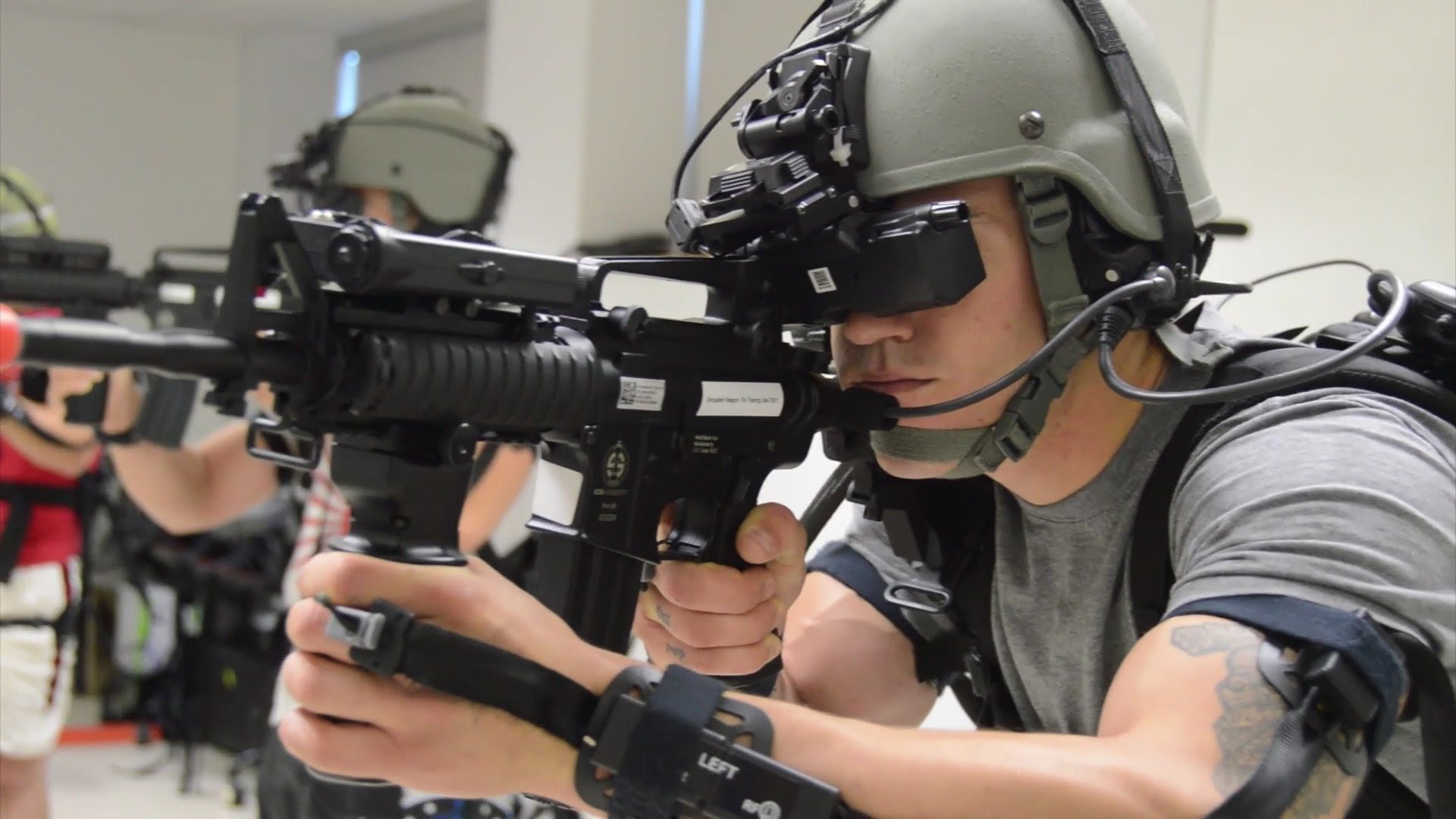
Virtual Reality technology is going via early adoption stage. Vibe and Oculus engaged gamers and Hollywood to produce content. VR headsets are still bulky but do provide a “presence” experience. HTC owns Vive and Facebook bought Oculus Rift for 2 billion dollars.
By Michael Fayerman
Managing Editor/ Intelligence Technology Expert,
Defence and Intelligence Norway
This is not bad for early adopter level technology. The challenge that VR requires a pretty powerful PC and 600-800 dollar price range for a headset. That is too high to put it into every fun loving household.
The solution is available. Turn the VR from fun only to something really necessary for Big Data Visual Analytics. While experimenting with VR it becomes obvious that it could provide “minority’s report” style interface for data visualization. Than it becomes not just fun but something necessary.
I do envision that multitude of data represented by multitude of graphs and charts could be analyzed more efficiently with this technology. In addition, military GIS interface could provide a better interpretation using VR. Touch sensing or tactual controlling make this technology even more palatable for many military analytics applications. Using this technology as a productivity tool for different business verticals could lower the price point and subsequently be used by Facebook in social media setting.
This is not a new approach. Microsoft tackled corporations first before becoming a household brand. Oracle was implemented by US Intel first before it became world wide corporate brand for data base. There are many other scenarios where a new technology tackles “boring” verticals prior to becoming a household brand. Personally, I am excited about the future of VR.
